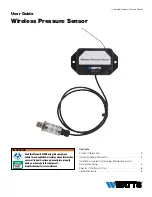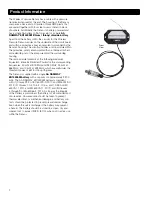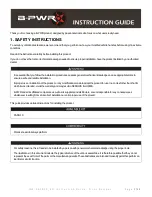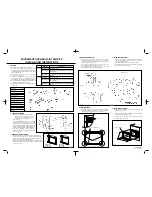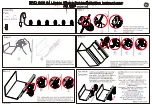
6
Specific Conditions of Use
WARNING
!
Potential Electrostatic Charging Hazard
The Sensor’s housing is ABS plastic with two nylon adhesive labels adhered . Electrostatic charging of plastic components
can lead to electrostatic discharge events, sparking, and explosions . Whenever the Wireless Pressure Sensor is in a hazardous
location where an explosive atmosphere of gas or dust is, or may potentially be, present, the surface of the Wireless Pressure
Sensor must first be wiped with a
wet rag
before touching the Sensor to prevent electrostatic discharge .
Avoid friction on the surfaces of the Sensor . Keep ambient relative humidity above 25% . Only clean these surfaces with a
wet
rag
. Do NOT dry clean the surfaces . The Wireless Pressure Sensor MUST NOT be used in high-charge generating processes,
such as in the presence of mechanical friction, in the presence of separation processes, or mounted in a pneumatic conveying
flow . If there is a potential electrostatic source with which a potential difference, relative to the Sensor, of around 30 kV or
above may be created, an electrostatic expert MUST be called to evaluate the electrostatic risk and the distance from the
electrostatic source to the Sensor .

